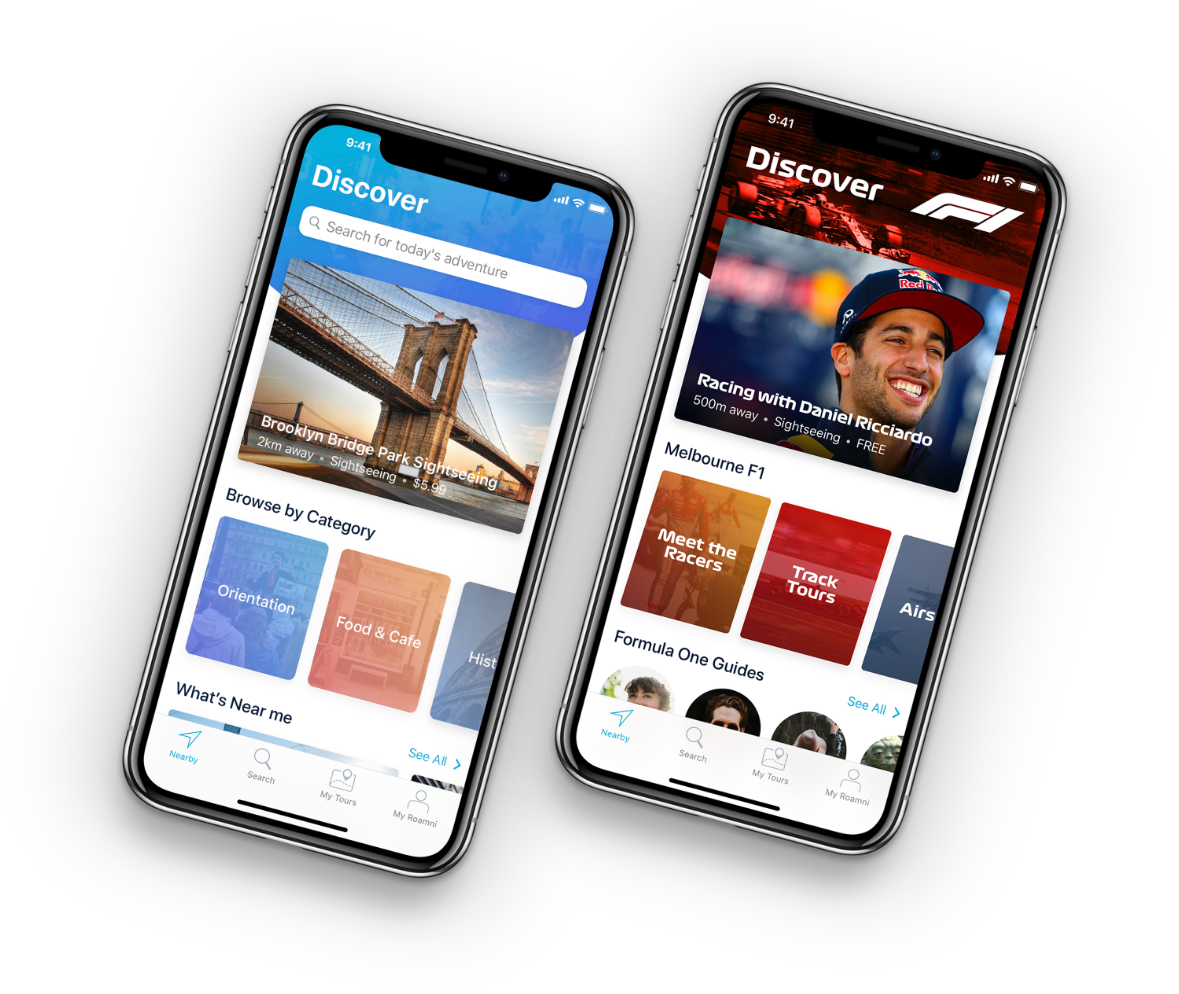Mobile Advertising: Everything You Need to Know to Make Users Say ‘Take My Money!’ (With Examples)

Ever binge-watch a show so good you couldn’t stop?
You’re hooked, episode after episode, because it knows exactly how to keep you coming back.
Now, imagine your app users having that same level of engagement.
Just like a perfectly timed plot twist keeps viewers glued to the screen, the right mobile ads can grab your users’ attention and transform engagement into profits.
In a time when attention spans are shorter than a TikTok video, mobile ads are your best bet for grabbing and keeping user interest.
In this article, I’ll explain the world of mobile advertising and reveal the most effective ad types you can use to make your app an income-generating machine. You’ll discover strategies to enhance visibility, engage users, and ultimately drive more downloads.
Stick around to uncover the secrets of impactful mobile ads that will set your app apart from the competition!
Table of Contents
- What is mobile advertising?
- Mobile advertising vs mobile marketing
- Why mobile advertising is important
- 6 Popular Types of Mobile Ads (and How You Can Nail Them Like a Pro)
- 5 Mobile Advertising Examples: My Top Picks
- Mobile advertising metrics you should be tracking
What is mobile advertising?
Mobile advertising is the art of reaching users right on their smartphones and tablets, where they spend a significant chunk of their day—4.37 hours on average. It’s like having a billboard in your pocket that’s tailored, targeted, and always at your fingertips.
With mobile ads, you can connect with users anytime, anywhere, whether they’re commuting, waiting in line, or relaxing at home. This means you can transform those mundane moments into exciting opportunities for engagement.
Mobile advertising vs mobile marketing
Mobile advertising and mobile marketing might sound similar, but they play different roles. Mobile advertising focuses on placing targeted ads on apps or websites to drive conversions. Mobile marketing is the broader strategy that includes everything from SMS campaigns to app notifications, designed to build long-term customer relationships.
Think of advertising as the quick win, while marketing is the ongoing game plan. Both are essential, but mastering both means bigger results.
Why mobile advertising is important
1. Targeted marketing
Mobile ads can use GPS technology to deliver ads based on users’ real-time locations. This means you can target potential customers when they’re near your business or in specific geographic areas, making your advertising highly relevant to their behavior and preferences.
Plus, with the ability to track user behavior like app usage and browsing habits, you can segment your audience and create personalized ads that hit home.
Aligning your message with users’ interests helps it resonate, making your campaigns more effective. Nearly 38% of users decide to buy after seeing ads 1 to 25 times.
2. Higher engagement
Mobile advertising meets users right where they are—on their mobile devices—and makes the connection effortless. It allows you to deliver messages right where users engage the most.
Take a look at the following mobile app usage and spending data:
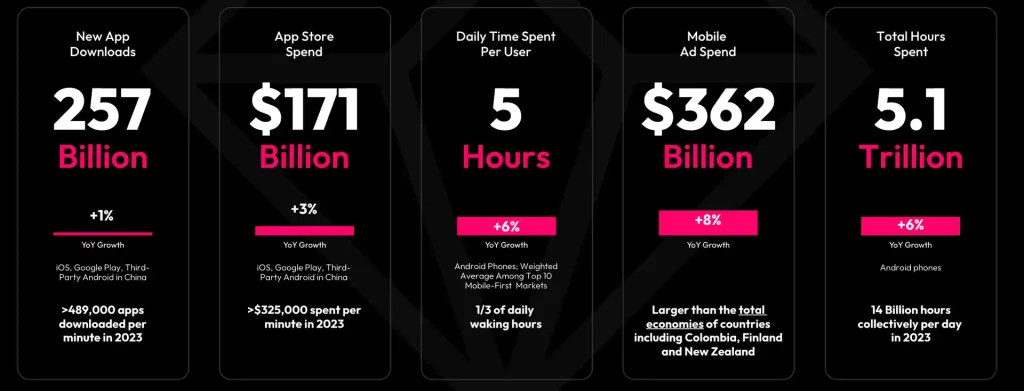
Source: Smart Insights
Picture someone on their lunch break scrolling through social media, suddenly drawn in by a perfectly timed ad for your app. Mobile ads turn everyday moments into compelling calls to action.
3. Real-time data
Mobile ads provide real-time insights through advanced analytics tools that track user interactions, behaviors, and preferences. This instantly available data allows marketers to assess campaign performance and quickly adjust their strategies.
It’s like having a crystal ball! Mobile advertising gives you instant insights, letting you pivot your strategies swiftly.
4. Cost-effectiveness
If you’re looking to stretch your mobile marketing budget, mobile ads are the smart choice. They can be 30-50% cheaper than traditional media. While TV and print ads can run $10 to $30 per thousand impressions, mobile ads cost just $1 to $3.
With mobile, you’re hitting your ideal audience directly, not throwing money at a broad group. Plus, PPC models ensure you only pay for actual clicks or installs.
6 Popular Types of Mobile Ads (and How You Can Nail Them Like a Pro)
Now that you know what mobile advertising is and why it’s a smart investment, let’s explore your options for mobile ad formats. Choosing the right format can make all the difference in capturing your audience’s attention and driving results.
Here’s a quick look at some popular mobile ad formats that can maximize the effectiveness your mobile ad campaigns:
| Ad Type | Description |
|---|---|
| In-app ads | Ads integrated within the app interface, displayed during usage. |
| Banner ads | Static or animated ads placed at the top or bottom of the screen. |
| Text ads | Simple text-based ads, often within search results or app content. |
| Video ads | Short video clips, often played between app transitions or as rewards. |
| Gamified ads | Interactive ads that mimic game elements to engage users. |
| Playable ads | Ads that allow users to try a mini version of a game or app before downloading. |
1. In-app ads
In-app ads are advertisements that appear within mobile applications. They can take various forms, such as banners, videos, or interactive ads, and are designed to engage users while they’re using the app.
These ads allow you to monetize your apps without disrupting the user experience too much, making them an effective way to reach users at the right moment.
Why are in-app ads effective?
Timing is everything—especially when it comes to capturing attention with in-app ads. In-app ads swoop in at just the right moment, blending effortlessly into the user experience. This relevance not only boosts interest but can also drive conversions.
The magic happens when ads resonate with users’ current actions. When ads speak to users’ current needs or desires, they’re not just interruptions—they’re invitations to engage.
Types of in-app ads
- Interstitials. Think of these as the intermissions during a great movie. They briefly cover the screen, keeping your users engaged while transitioning between app content.
Source: Setupad Team
- Banners. These are the classic low-key ads that often run along the top, bottom, or side of the screen, making them hard to ignore without being too intrusive.
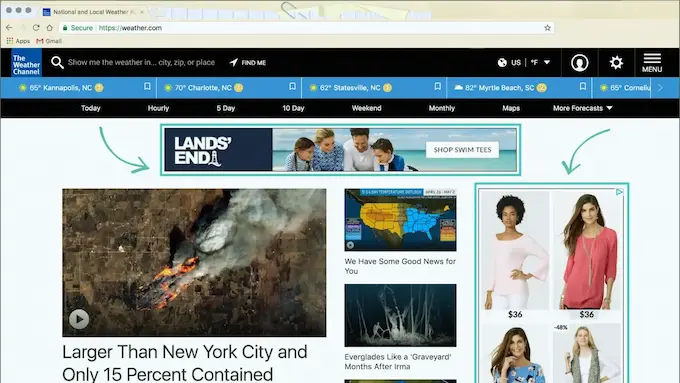
Source: AppSamurai
- Native ads. Like a chameleon, these ads adapt to the app’s layout, blending in so well that mobile users might not even realize they’re viewing an ad.
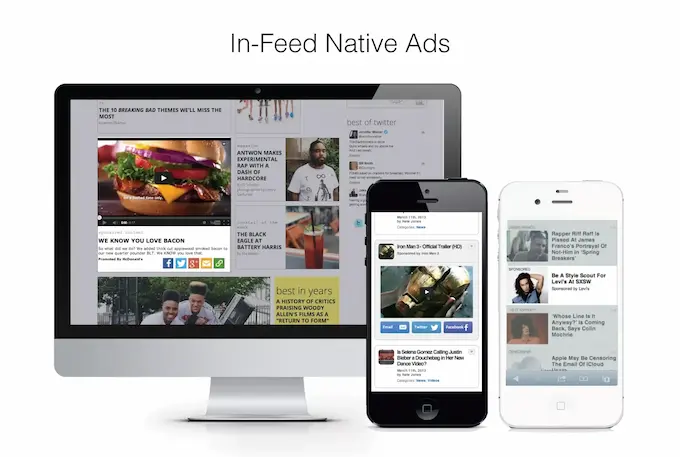
Source: ExactDrive
- Offer walls. Imagine users completing fun surveys or tasks to unlock special offers. It’s a win-win that keeps users coming back for more.
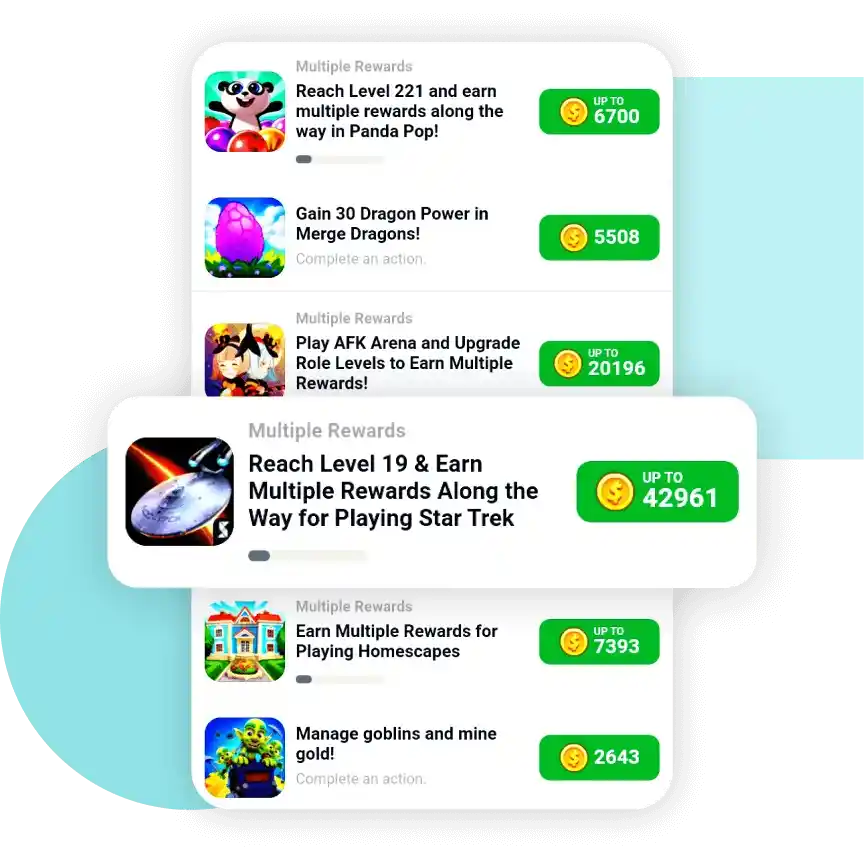
Source: ironSource
- Video ads. These are the show-stoppers, taking up the whole screen with captivating content that users can’t resist watching.
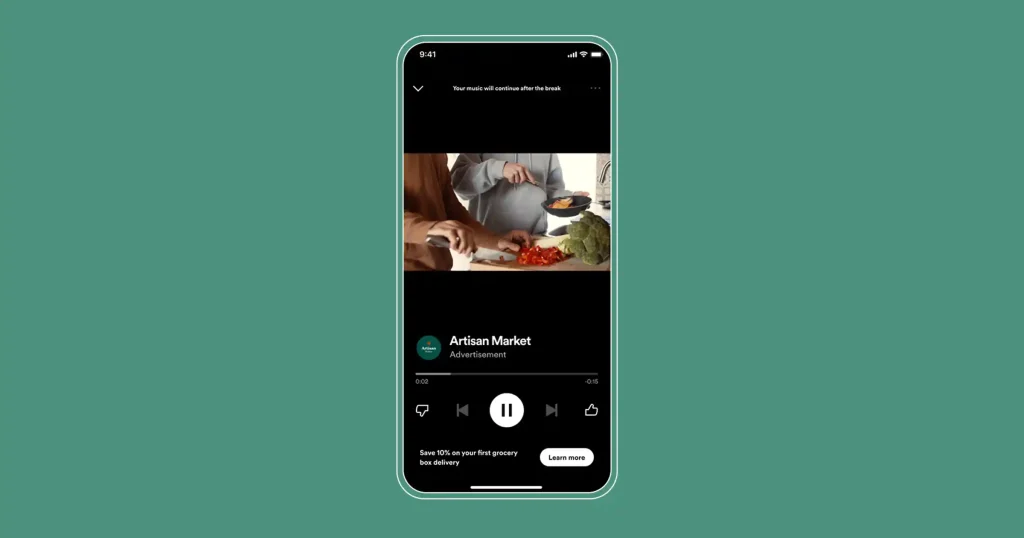 Source: Spotify Advertising
Source: Spotify Advertising
For more in-depth information and samples of these ad formats, check out our How In-App Ads Can Propel Your Mobile App’s Success.
Advantages of in-app ads
✅On-point targeting. In-app ads hit the mark by targeting based on user behavior, resulting in higher engagement.
✅Seamless interaction. Ads blend into the app experience, making engagement feel natural.
✅Monetization potential. In-app ads has high potential for generating steady revenue even without charging for app downloads.
Disadvantages of in-app ads
❌User disruption. Poorly timed ads can interrupt the experience, frustrating users.
❌Ad overload. Too many ads can annoy users, leading to disengagement.
❌Screen limitations. Smaller screens make it challenging to display ads effectively without crowding.
How to nail your in-app ads
- Be laser-focused. Make your ads relevant to user interests. Think of it like matchmaking—pair users with offers they’ll actually want!
- Visuals that pop. Use eye-catching designs that grab attention without yelling for it.
- Inject some fun. Add a sprinkle of humor or creativity. A well-timed chuckle can make your ad memorable—and shareable!
- Analyze and adapt. Monitor performance metrics closely. If an ad fails, pivot and perfect it until it’s a hit!
2. Banner ads
A banner ad is like a digital billboard you see while browsing your favorite app. You know those eye-catching graphics stretching across your screen’s top or bottom? They’re designed to grab your attention without interrupting your experience.
Why are banner ads effective?
Imagine browsing your favorite app when a vibrant banner catches your eye at the bottom of the screen. It’s not loud or intrusive; instead, it complements your experience, gently guiding you toward a new offer or product.
That’s the essence of mobile banner ads—subtle yet effective advertisements that blend into the app environment while promoting a brand or service.
Types of banner advertisements
- Static banners. These are simple, eye-catching images or graphics that convey a clear message.

Source: Legiit
- Rich media banners. Featuring dynamic elements, these ads use movement to grab attention. Users can engage directly with these ads, often leading to higher conversion rates.
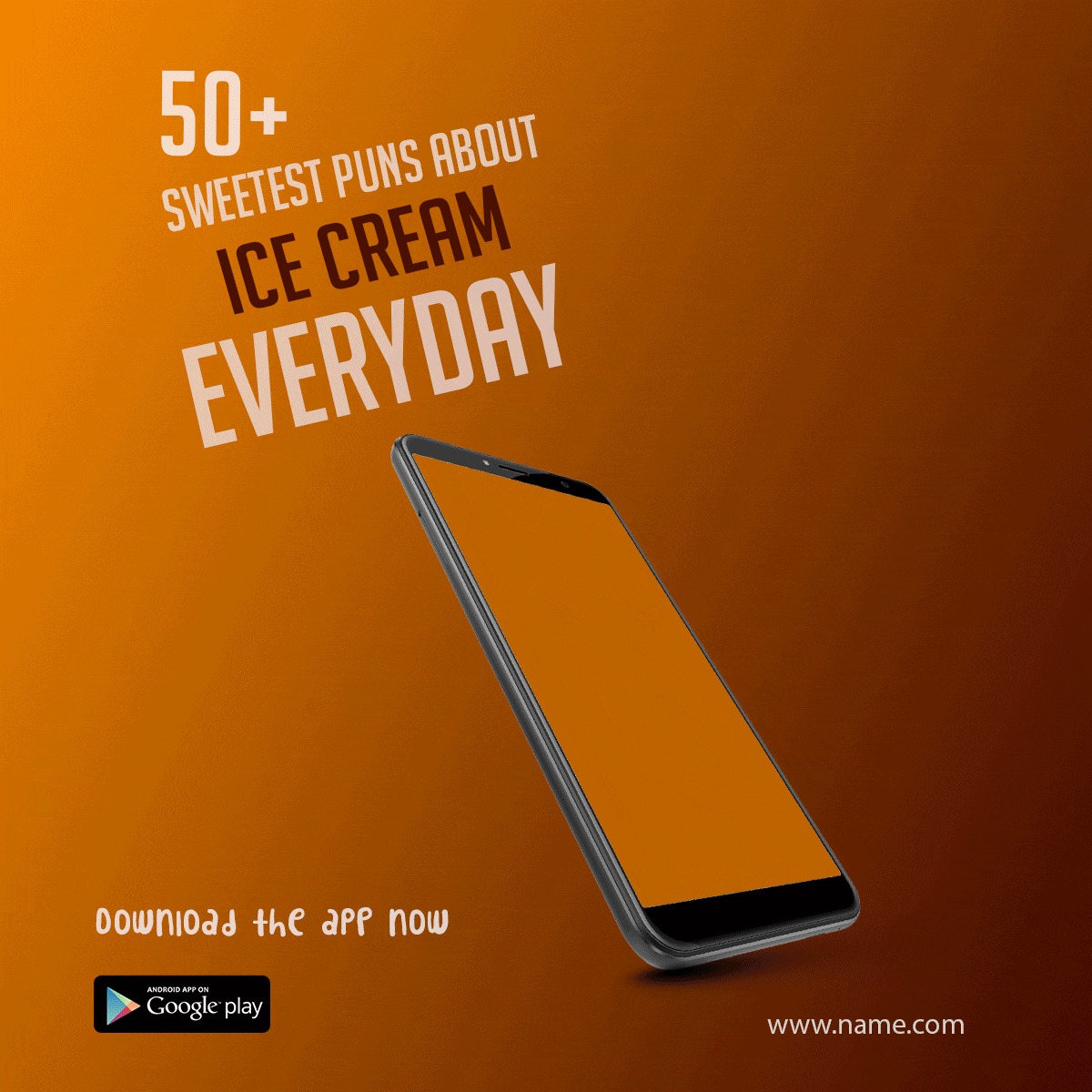
Source: Behance
Advantages of banner ads
✅Cost-Effective. Typically, they are less expensive than other ad formats. The average cost-per-mille for iOS mobile ad banners ranges from $0.16 to $0.38.
✅Broad reach. They can be placed across various platforms targeting a wide audience.
✅Measurable results. Analytics can track banner ad impressions and clicks, allowing for data-driven decisions.
Disadvantages of banner ads
❌Banner blindness. Users often overlook banner ads, making it challenging to capture attention.
❌Limited space. The concise format may restrict the message, requiring creativity to communicate effectively.
❌Ad blockers. Many mobile device users employ ad blockers, reducing visibility.
How to nail your banner ads
- Simplicity is key. Strip away the fluff. Your banner should have visuals and text that hit like a ton of bricks—simple yet impactful.
- Call to action that pops. Use phrases like “Grab Yours Now!” to create urgency. It’s like a neon sign in a dimly lit room—hard to miss!
- A/B test like a pro. Don’t just guess. Experiment with different designs and placements. What works for one audience may flop for another.
- Mobile-first design. Remember, your audience is probably scrolling on their phones. Make sure your banner looks stunning on any screen size.
3. Text ads
Text ads are those concise, attention-grabbing snippets you encounter while scrolling through a website or app.
You see those short, punchy lines of text that say things like “50% off your first purchase!” or “Sign up for exclusive deals!” They’re designed to quickly convey a message without any frills, making them perfect for capturing attention and driving action.
Why are text ads effective?
Text ads cut through the noise. Their simplicity means users can quickly understand the message without distractions. They’re great for conveying urgency and enticing users to take action right away.
Types of text ads
- Single-line text ads. A straightforward line promoting a product or service.
- Call-to-action text ads. Encouraging users to take immediate action, like “Shop Now!” or “Learn More!”
Advantages of text ads
✅Clarity. The straightforward format delivers a clear message.
✅Cost-effective. Typically cheaper to produce and run than graphics-heavy ads. For Google ads, the average cost per click is $0.67
✅Easy to test. Simple variations can be easily tested for effectiveness.
Disadvantages of text ads
❌Limited engagement. Without visuals, they may not grab attention as effectively as other ad types.
❌Character limits. The need to keep messages concise can limit creativity.
How to nail your text ads
- Know your audience. Tailor your message to speak directly to your target audience’s desires and pain points.
- Be punchy. Use short, catchy phrases that deliver your value proposition quickly—urgency wins!
- Test, test, test. A/B test different headlines and calls to action to find what clicks with your audience.
- Prime placement. Position your ads in high-traffic spots to maximize visibility and drive engagement.
4. Video ads
Do you know those dynamic clips that auto-play while you’re scrolling through an app? That’s a video ad. They often pop up in the middle of a game or right before a new episode starts, enticing you with vibrant visuals and compelling storytelling.
Why are video ads effective?
Video ads are powerful because they mix sight, sound, and motion to create a compelling narrative. They engage emotions and deliver messages quickly, making your brand unforgettable.
Types of video ads
- Skippable in-stream ads. These pop up before, during, or after a video—viewers can skip after 5 seconds. You only pay when they watch 30 seconds or more. Easy way to hook engaged viewers!
- Non-skippable in-stream ads. Short, 15-20 second ads that viewers have to watch. Perfect for full attention and boosting brand awareness.
- In-feed video ads. Seen in search results or alongside related videos. Viewers click to watch—great for driving targeted traffic straight to your content.
- Bumper ads. Quick, 6-second unskippable ads. Ideal for fast, punchy messages that stick.
- Masthead ads. These premium ads appear at the top of YouTube’s homepage and auto-play without sound for a few seconds. They are highly visible and often used for major launches or events.
- YouTube Shorts ads. Short ads within YouTube Shorts, tailored for mobile and quick engagement.
I found a short video explaining and visualizing these ad types. Check it out:
Source: Google Ads
- Rewarded video ads. Users can watch these in exchange for in-app rewards, like extra lives or coins.
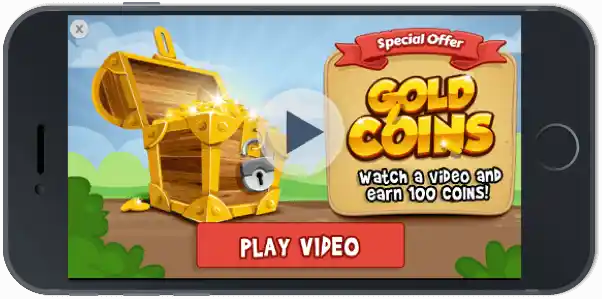
Source: SmartyAds
Advantages of video ads
✅High engagement. According to a Zenith study, an average user spends about 100 minutes per day watching videos online!
✅Versatile messaging. Video allows for storytelling, showcasing products in action.
✅Shareability. Create a captivating video, and watch it spread like wildfire across social media.
Disadvantages of video ads
❌Production costs. Crafting high-quality videos can burn a hole in your budget.
❌Potentially intrusive. If they disrupt the flow, users might get annoyed and hit skip.
❌Length limitations. Video ads must be kept short and snappy, or you risk losing viewers’ attention.
How to nail your video ads
- Hook them fast. Grab attention in the first few seconds. Your opening should make viewers stop scrolling and start watching.
- Tell a story. Engage users with a narrative. A compelling story keeps them watching and builds an emotional connection to your brand.
- Call to action. Don’t leave them hanging! End with a strong call to action that tells viewers what to do next, whether it’s downloading an app or visiting a website.
- Test and tweak. Analyze performance metrics and gather feedback. Use this data to fine-tune your ads for maximum impact.
I encourage you to check out our blog about video marketing best practices for more strategies and insights.
5. Gamified ads
Ever seen those interactive ads that invite you to spin a wheel or answer a fun quiz while browsing your favorite app? That’s a gamified ad. It transforms your typical marketing message into an entertaining experience, making you feel like you’re part of the action.
Types of gamified ads
- Spin-to-win ads. Users spin a virtual wheel to get a chance to win prizes or discounts.
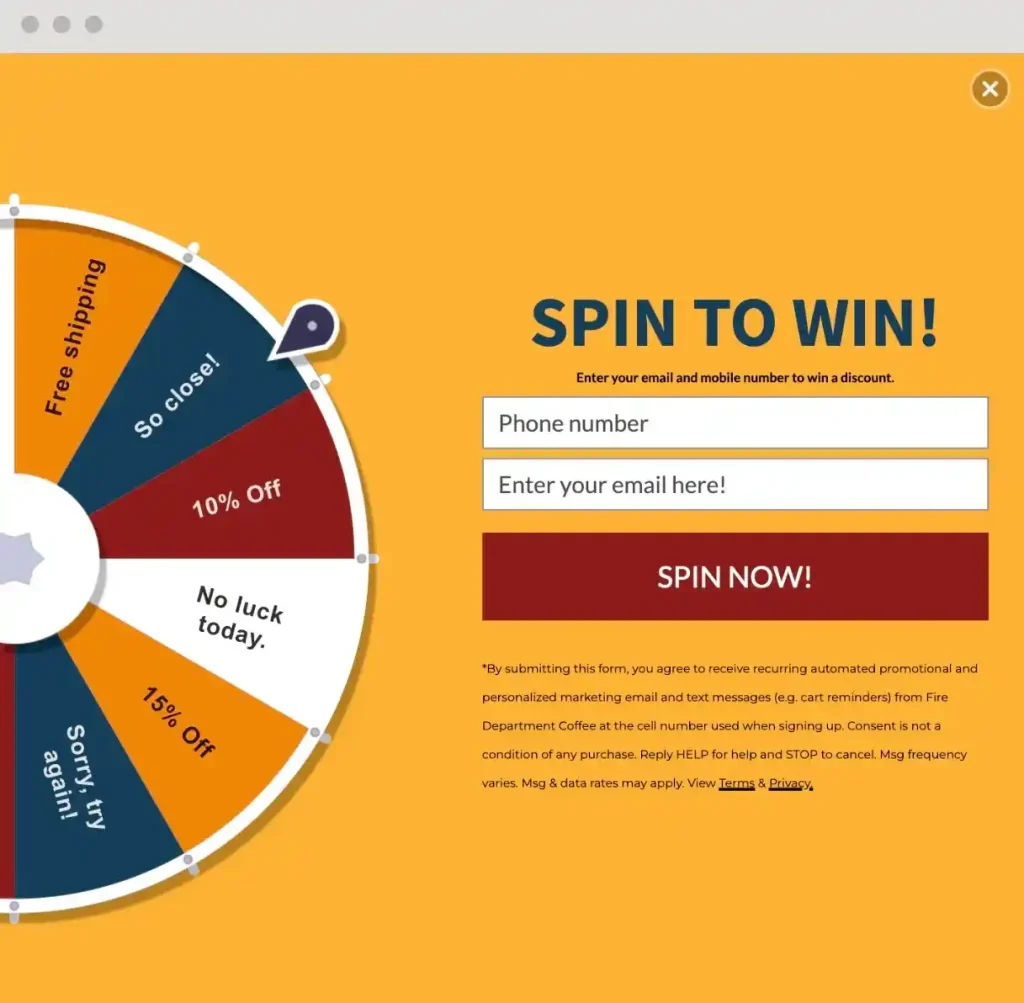
Source: Privy
- Interactive quizzes. Interactive quizzes that educate users while promoting a product.

Source: qualifo
- Mini-games. Short, engaging games that offer rewards for participation, keeping users coming back for more.
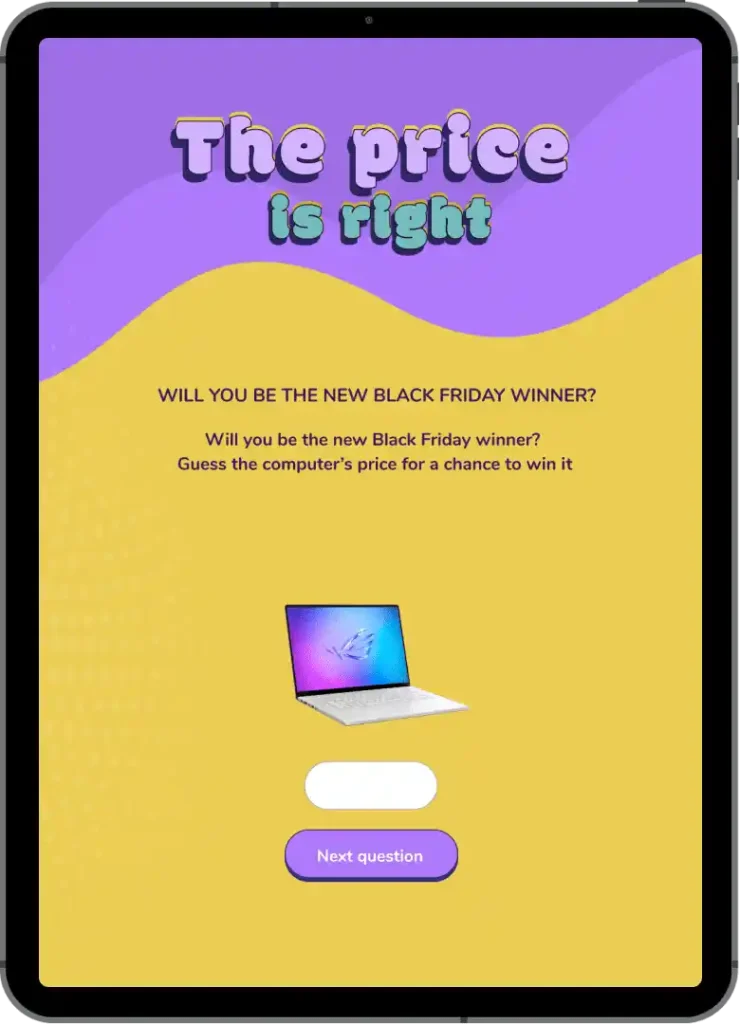
Source: qualifo
Why are gamified ads effective?
Gamified ads tap into our natural love for games, turning boring ads into exciting challenges. They boost engagement and keep your brand fresh in users’ minds.
I’m not making this up—data supports this claim. When organizations offer interactive and fun experiences, they boost customer engagement, leading to a whopping 30% increase in time spent on their apps or websites.
Advantages of gamified ads
✅Higher engagement. Humans love a good challenge and the promise of a reward, which is why interactive ads pull them in and keep them coming back for more. It’s all about tapping into that natural drive for achievement.
✅Brand loyalty. Gamified ads create emotional connections by making users feel like part of a community. When they complete challenges or earn rewards, they associate those positive feelings with your brand, leading to long-term loyalty.
✅Valuable insights. As users interact with your app, they reveal what they love and what they don’t—allowing you to fine-tune your offerings. This data gives you a clear picture of user behavior and trends, empowering you to make informed decisions that enhance the overall experience.
Disadvantages of gamified ads
❌Costly development and placement. High-quality interactive experiences can break the bank. The average cost per mille is around $15 for iOS and $11 for Android.
❌User annoyance. Poorly designed games can frustrate users and drive them away.
❌Limited appeal. Not everyone loves games, so some might tune out.
How to nail your gamified ads
- Start with a hook. Grab attention with a fun challenge or quiz related to your brand. Make it so intriguing that users can’t resist engaging!
- Incorporate rewards. Motivate users with incentives like discounts or exclusive access to complete tasks. Who doesn’t love freebies?
- Keep it simple. Ensure the game mechanics are easy to grasp. The last thing you want is for users to scratch their heads!
- Test and tweak. Monitor user interactions and gather feedback. Use the data to refine your ads for even better engagement.
For more proven ways to boost engagement, check out 5 Best App Gamification Ideas (With Examples).
6. Playable ads
These ads are interactive mini-games that allow users to experience a condensed version of a game directly. They focus on providing a hands-on trial, enticing users to download the full game or app.
They pop up while you’re scrolling through an app, allowing you to interact with a mini version of a game or experience right there. It’s like getting a taste of a new game without the commitment, making the whole experience fun and engaging.
But don’t mix them up with gamified ads! Playable ads are about real interaction, while gamified ads cleverly integrate game elements into traditional ads without actual gameplay.
Why are playable ads effective?
Playable ads shine because they let your users try before they buy. By offering an interactive experience, your app engages potential customers right at their fingertips.
In our experience, when users can engage with content firsthand, they’re more likely to remember and consider downloading the app.
Types of playable ads:
- Mini-games. Short gameplay experiences that mimic the full game.

Source: Clickable Agency
- Quizzes and challenges. Interactive quizzes related to the app or game.
- Story-driven interactions: Brief narratives that immerse users in the app’s universe.
Advantages of playable ads
✅High engagement and conversion potential. Playable ads are found to convert up to seven times higher than standard ads. They are also the most profitable, generating between $11 and $25 for every 1,000 ad impressions.
✅Quality user acquisition. They attract users who are genuinely interested, resulting in better long-term engagement.
✅Lower bounce rates. By engaging users in a fun way, they’re less likely to leave immediately.
Disadvantages of playable ads
❌Development costs. Creating high-quality interactive ads can be expensive.
❌Complexity. Not all apps or games can easily translate their experience into a playable format.
❌Time Constraints. Users might not always have the time or inclination to engage with an ad, especially if it’s lengthy.
How to nail your playable ads
- Craft irresistible fun. Think of your playable ad as a mini amusement park ride—exciting and quick! Make it addictive so users can’t help but dive in.
- Show off the best bits. Use this chance to highlight what makes your app or game pop. Let users experience your coolest features firsthand!
- Short and snappy. Keep it brief. You want users to enjoy the ride without feeling like they’re stuck in line forever.
- Learn and adapt. Track how players engage. Use that intel to refine your ads and keep the fun flowing!
5 Mobile Advertising Examples: My Top Picks
1. In-app ad example
One app that exemplifies a great in-app ad is Nike Training Club.
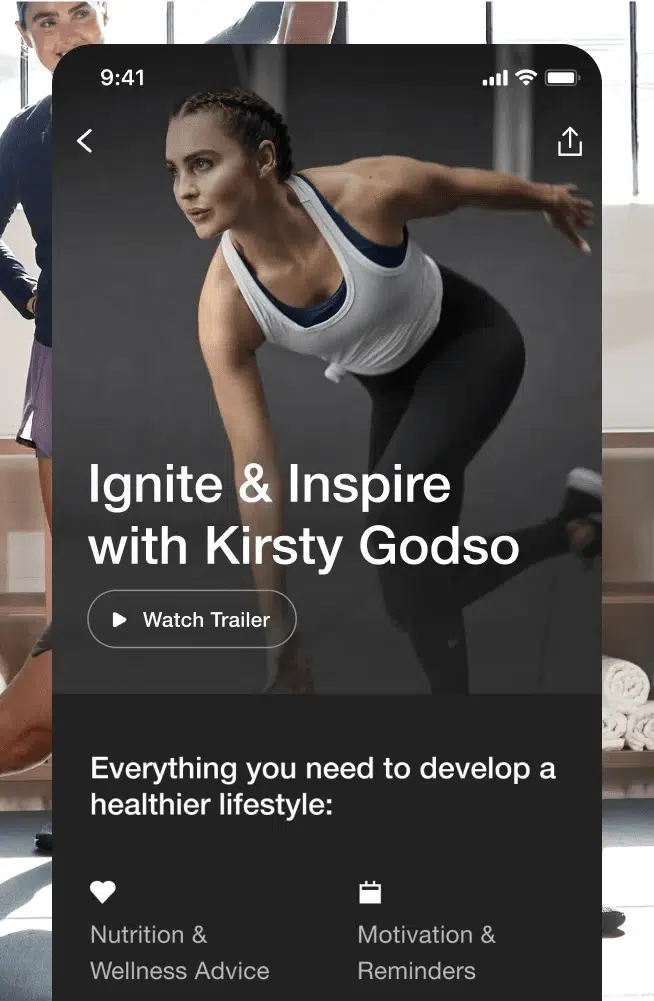
Source: Nike Training Club
I particularly like how the app promotes its premium training features by advertising relevant solutions like workout plans, challenges, and exclusive content.
This approach taps directly into users’ goals. Whether they’re looking to crush their fitness goals or need that extra push, the app makes the premium experience feel personal and irresistible.
By offering these upgrades exactly when users are most motivated—like right after a workout—it’s a smooth, strategic nudge that makes upgrading feel like the natural next step.
2. Text ad example
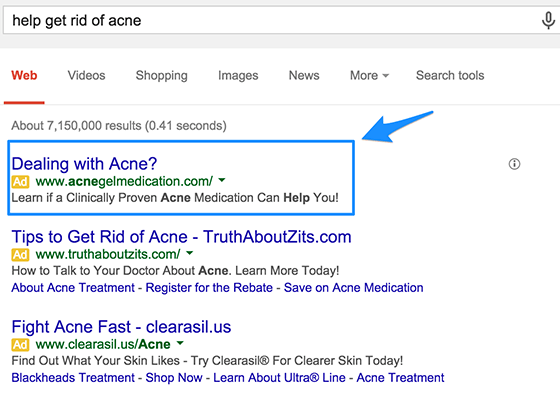
Source: Google
What I think makes this text ad great is its no-nonsense approach. The headline, “Dealing with Acne?” hits home right away, resonating with visitors and acknowledging their pain points. This direct question draws in potential customers actively searching for solutions, setting the perfect tone for the ad.
Then comes the follow-up line, “Learn if a clinically proven acne medication can help you.” This adds a layer of credibility by showcasing the product’s clinical backing. It speaks directly to those looking for solid, evidence-based solutions, prompting them to dive deeper.
Together, these elements create a powerful ad that not only connects with users but also drives them to take action.
3. Video advertising example
Let’s look at one great example of a video mobile advertising campaign: Dove’s #ChooseBeautiful.
Source: Dove Bangladesh’s YouTube Channel
What makes Dove’s mobile video ad great? Here are my notes:
👉First, it has a well-thought-out storyline that captures the attention and resonates with the brand’s target audience.
👉Placement and timing are also key. The video ads are shown strategically on digital advertising platforms, such as YouTube and other social media, where Dove’s target audience (women all over the world) will likely see them.
👉Lastly, the visuals are high quality and free of technical glitches, even though they were shot raw or, as Dove called it, “no digital distortion.” In our experience, nothing disrupts the user experience faster than buggy material—be it a video ad or a mobile app.
4. Gamified ad example
Here’s an example of a gamified ad that I personally find engaging courtesy of the clothing company gwynnie bee:
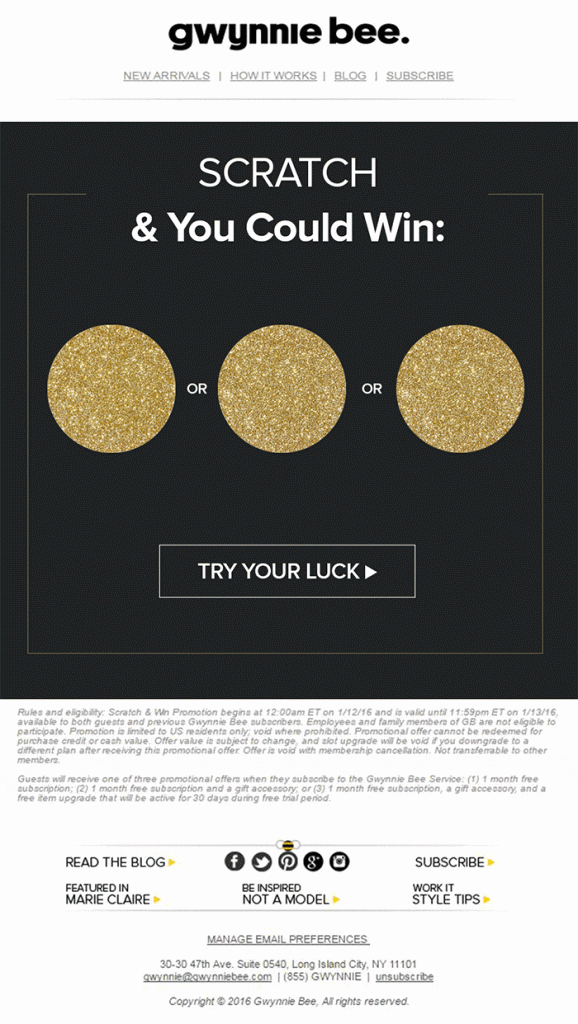
Source: gwynnie bee
What I love about this ad is how it nails all the essential elements of a standout gamified mobile advertising campaign. First off, it’s interactive, drawing users in and encouraging them to engage rather than just passively scroll. The clear and engaging call to action makes it super easy for users to understand what they need to do next.
Plus, the attractive reward is spot-on for its market, making users feel like they’re not just participating but actually gaining something valuable.
5. Playable ad example
Here’s a video showing what an engaging playable ad may look like:
Source: YouTube (Udonis)
While playable ads offer an immersive and interactive advertising experience, they share the major caveat of gamified ads: Users have high expectations for the quality of playable ads. If the interactive elements or games are not well-designed or engaging, it may negatively impact the overall user experience and the effectiveness of your advertising campaign.
So whether in your ad or your app itself, observe UX design principles. I encourage you to read this article to learn how: UX Design for Apps: 5 Key Insights Every Startup Should Know
Mobile advertising metrics you should be tracking
A successful mobile ad campaign requires more than just crafting compelling ad creatives. You must also understand the intricate details, like mobile analytics, of your campaign’s performance.
When assessing the effectiveness of mobile advertising campaigns, several key metrics can provide you with valuable insights.
Here are some essential mobile advertising metrics you should track to measure your campaign’s success:
| Metric | What It Means |
|---|---|
| Click-through rate (CTR) | Percentage of users who clicked on the ad. |
| Conversion rate | Percentage of users who completed a desired action (like a purchase). |
| Cost per click (CPC) | The amount you pay each time someone clicks on your ad. |
| Cost per mille (CPM) | Cost to show your ad 1,000 times (impressions). |
| Return on ad spend (ROAS) | How much revenue you get back for every dollar spent on ads. |
| Install rate | Percentage of users who install the app after seeing the ad. |
| Cost per install (CPI) | The amount you pay for each app install. |
| Engagement rate | Measures how often users interact with your ad (clicks, shares, etc.). |
1. Click-through rate (CTR)
CTR measures the percentage of users who click on your ad after seeing it. A higher CTR generally indicates a more engaging and relevant ad.
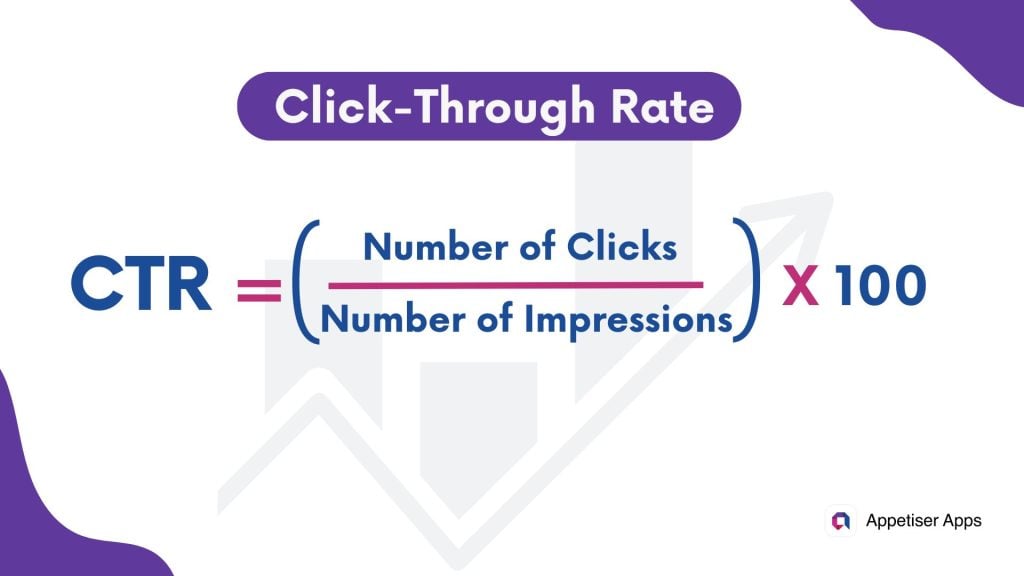
2. Conversion rate
The conversion rate measures the percentage of users who completed your desired action (e.g., making a purchase) after clicking on your ad. It indicates how effective your ad is at driving desired outcomes.
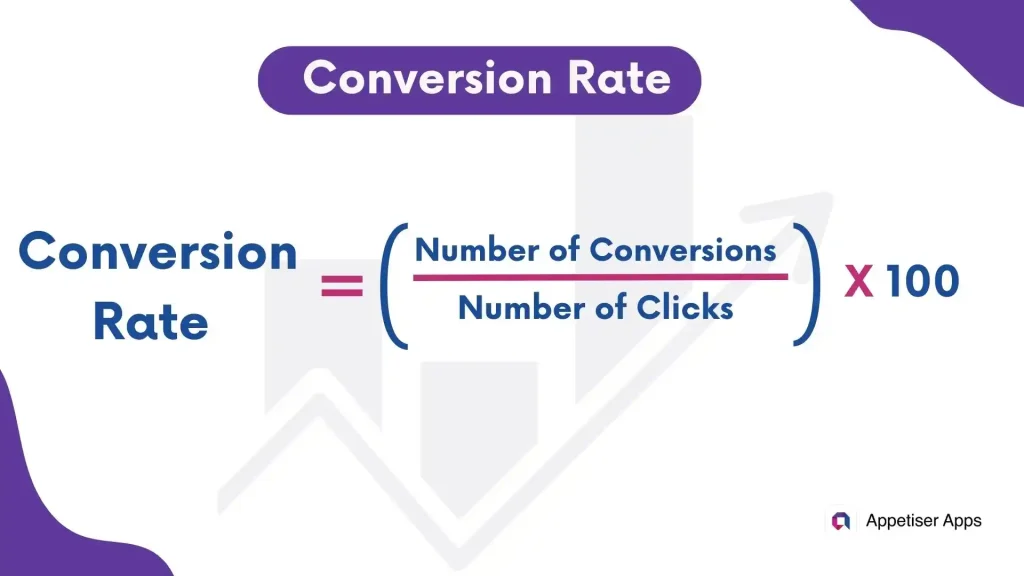
3. Cost per click (CPC)
CPC represents the average cost you incur for each click on your ad. It helps you assess the efficiency of your advertising budget in generating user engagement.
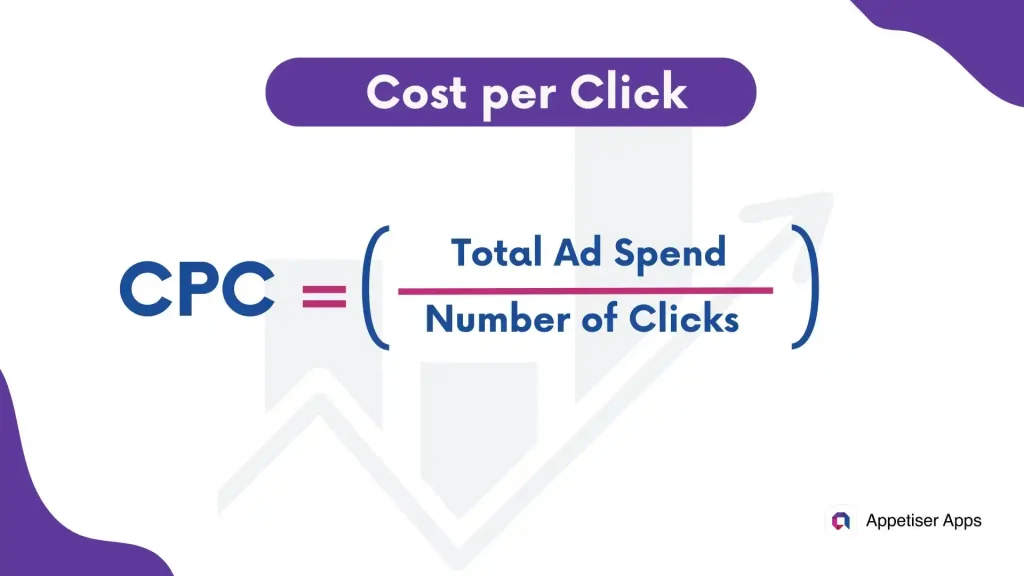
4. Cost per mille (CPM)
CPM measures the cost of a thousand impressions. It is useful for comparing the relative cost of reaching a thousand users across different ad campaigns.
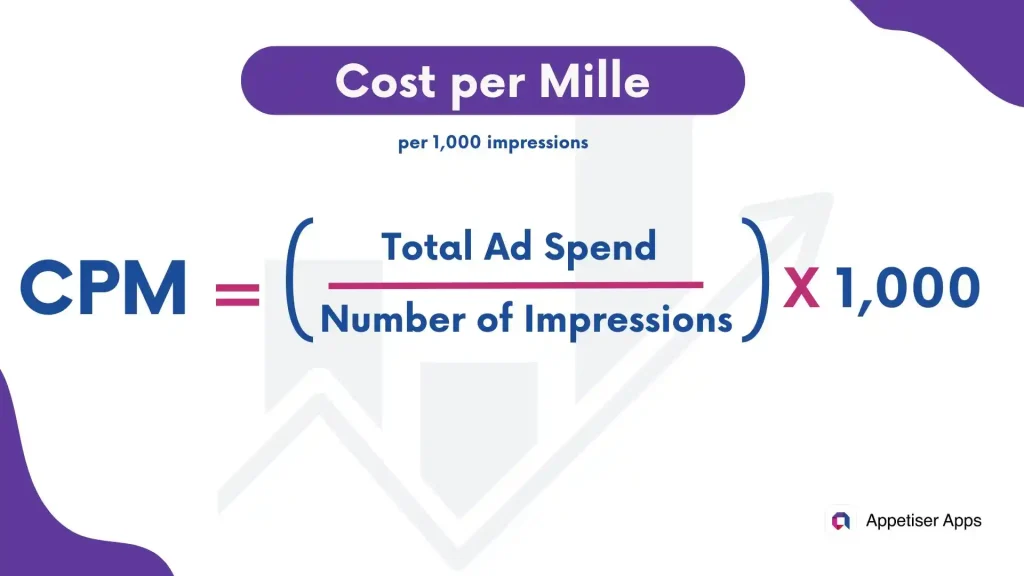
5. Return on ad spend (ROAS)
ROAS evaluates the revenue you generate for every dollar you spend on advertising. A ROAS greater than 100% indicates a positive return on investment.
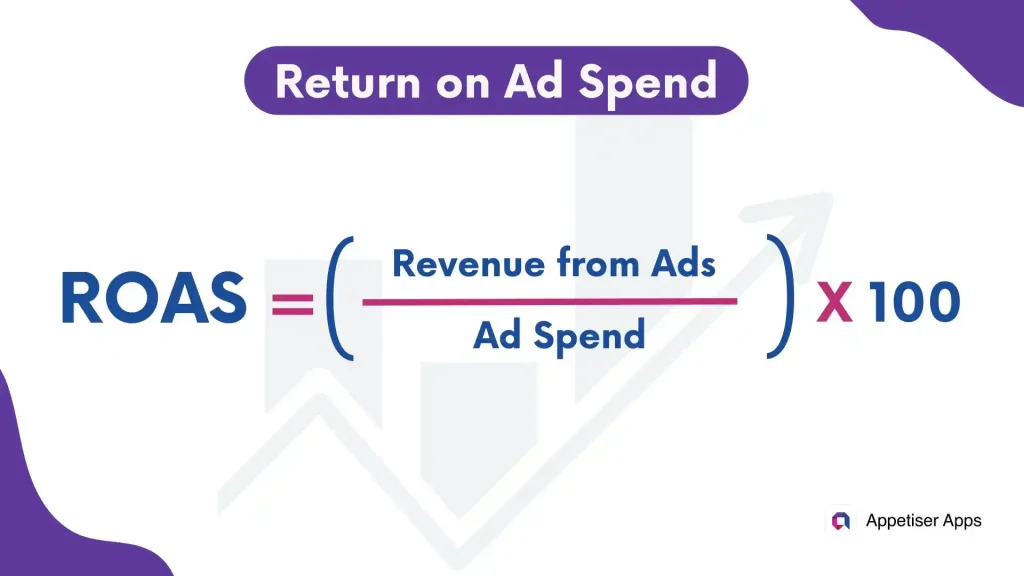
6. Install rate
This metric measures the percentage of users who installed your mobile app after clicking on your ad.
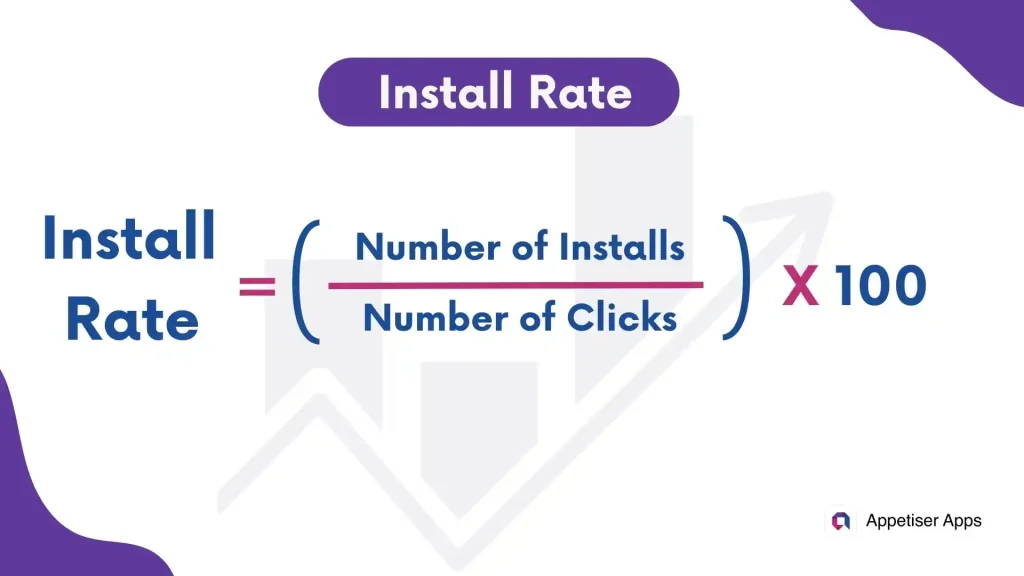
7. Cost per install (CPI)
CPI calculates the average cost you incur for each installation of your mobile app. It provides insights into your user acquisition costs.
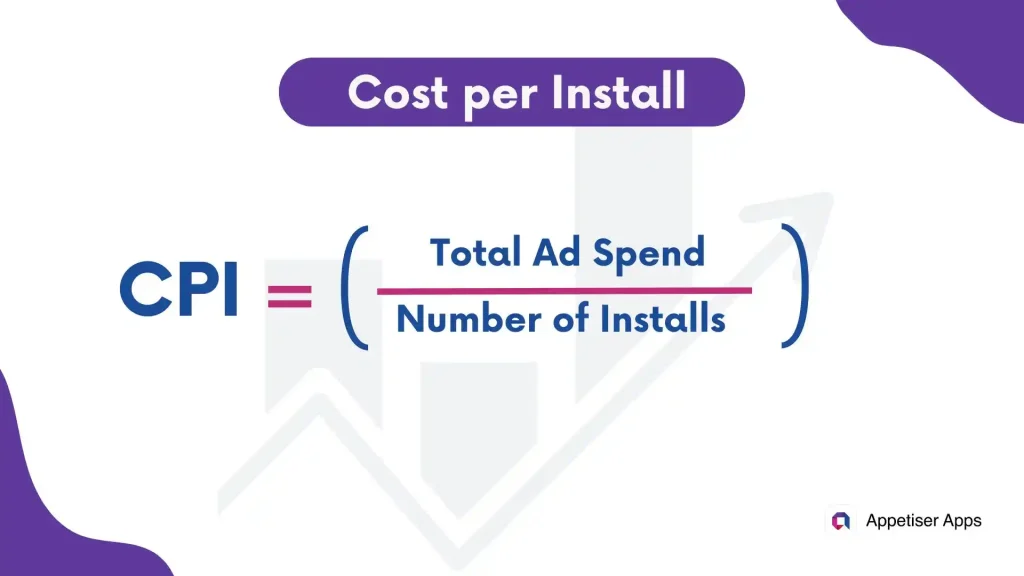
8. Engagement Rate
This metric measures the percentage of users who interacted with your ad (e.g., clicks, shares) relative to the number of impressions. Engagement rate is a good indicator of your ad’s overall appeal.
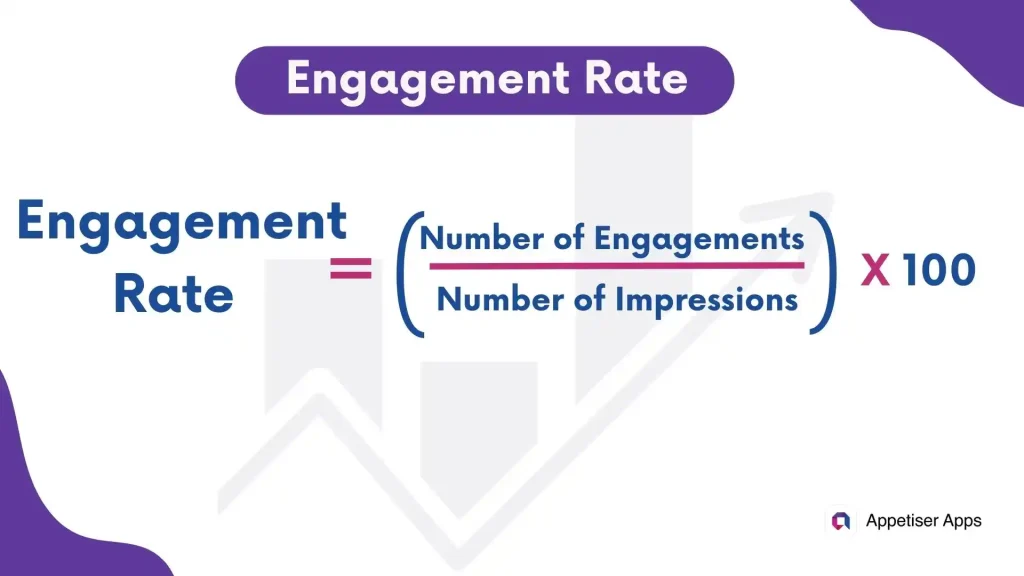
Stay ahead of the curve with a killer mobile advertising strategy
I’ve seen firsthand how mobile advertising can skyrocket app engagement and revenue, but let’s be real—it’s not a magic wand. You need to find the sweet spot between what works for your business and what your customers actually want.
Experimenting with different ad types and placements is essential. Don’t be afraid to mix it up and see what sticks! Keep measuring results and optimizing. This isn’t a set-it-and-forget-it deal.
Mobile advertising is like fashion—constantly changing, so keep your finger on the pulse of the latest trends. And if you need a partner to whip up a world-class mobile app, Appetiser is your go-to.



